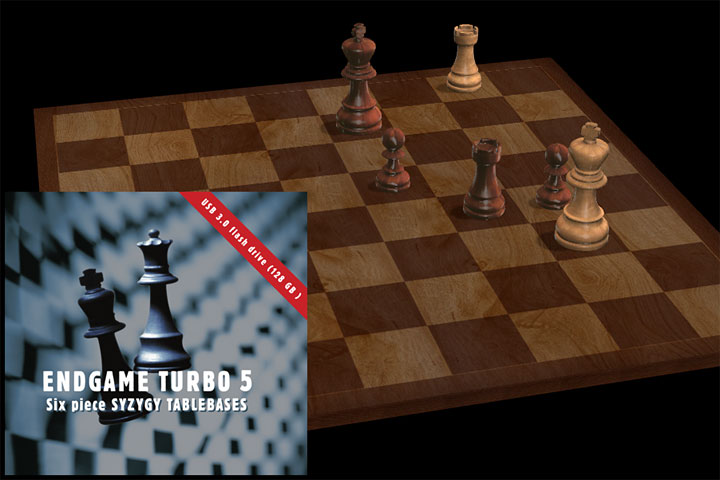
To see all the move options in the current position and their evaluations click the more. Please note the 6 piece tablebases are only available in the Deep HIARCS Chess Explorer version. This tells you that with best play in the current position Black can win in 38 moves starting with the move 77.Rc4. The results if available are displayed in the Analysis Explorer pane, here is an example: Whenever you reach a endgame with 6 or fewer pieces on the board HIARCS Chess Explorer will try to determine the outcome of the game for you. In order of obtain this information the "Use Hiarcs server" checkbox must be checked on. This information is perfect, it knows the game result and if a win exists it can give the number of moves to checkmate with perfect play. With HIARCS Chess Explorer you have automatic online access to about 1,000Gb of endgame databases with precise information about the game result and outcomes of each move available. For many customers this is simply not a practical solution for them.

Also acquiring all this data can be very time consuming and even expensive, some retailers sell a small subset of the data on multiple DVDs, yet that gives you less than 5% of the data you need. While having tablebases stored locally can be useful for analysis, they do take up a lot of storage space with 6 piece tablebases taking up about 1,000 Gb of storage. The folders to access these databases should be set up in the Engine preferences tab along with the Nalimov cache setting. Any engine supporting Nalimov tablebases can utilise your local endgame tablebases. In May 2006, Bourzutschky and Konoval discovered a KQN vs KRBN position with an astonishing DTC of 517 moves.Endgame outcome information is available in endgame databases called Nalimov tablebases. For example, For all three- to five-piece endgames and pawnless six-piece endgames, a complete list of mutual zugzwangs has been tabulated and published.Īnother case is the longest sequence of moves to reach a definite result, called 'Depth to conversion'. Working with a database to discover previously unknown facts is called ' data mining'.Ī number of interesting and surprising facts have indeed emerged. It is logically the same as proving a mathematical theorem by proving the complete set of individual cases covered by the theorem.Įndgame tablebases Īfter the chess engine has analysed the positions, the results are put into an endgame tablebase for easy retrieval by users. This is called proof by exhaustion or exhaustive proof. The best example is the analysis by computer chess engine of all possible positions with six pieces or fewer. Positions for which the result is certain, given best play, are technical positions. This is a certain win for White with best play Examples are mate with K+Q v K K+R v K K+2B v K K+B&N v K (this one is quite difficult). They are usually learned at the beginner stage. Basic checkmates īasic checkmates are positions in which one side has only a king and the other side has one or two pieces, enough to checkmate the opponent's king. Other endings are studied according to the pieces on board other than kings, e.g. For example, king and pawn endgames have only kings and pawns on one or both sides and the task of the stronger side is to promote one of the pawns. Generally, once a 'textbook' drawn position is reached the players will agree a draw otherwise they play on.Įndgames can be studied according to the type of pieces that remain on board. All endgames in master chess revolve around the borderline between winning and drawing. The ones that are drawn for certain may be legally drawn (mate could not happen) or drawn by chess experience (no sane defence could lose). On the other hand are positions which are drawn, or which should be drawn. On the one hand are positions which may be won by force.

This is one of the main reasons for games to be drawn.Īll endgame positions can be put into two camps. Draws: in the endgame, a game may be drawn because there are too few pieces on the board to allow a player to win.There it can support its own pawns, attack the opponent's pawns, and oppose the opponent's king. The king may be brought towards the center of the board. Kings: may become strong pieces in the endgame.In the endgame, one thing players try to do is to promote a pawn by advancing it to the eighth rank. Pawns: during the endgame, pawns become more special.There are three main strategic differences between earlier parts of the game and endgame:


 0 kommentar(er)
0 kommentar(er)
